6 Most Disgusting Truths Behind Nathan’s Hot Dog Contest
Nathan’s Hot Dog Eating Contest looks like a strange holiday tradition, but the behind‑the‑scenes reality shocks many people who learn about it. The event appears festive on television, yet competitors endure demanding routines that go far beyond normal eating. Trainers push limits, organizers shape legends, and fans rarely see the side effects.
These facts reveal how a spectacle built for amusement often comes with hidden risks, fabricated stories, and practices that most people would never attempt.
The Contest’s Backstory Was Made Up for Publicity
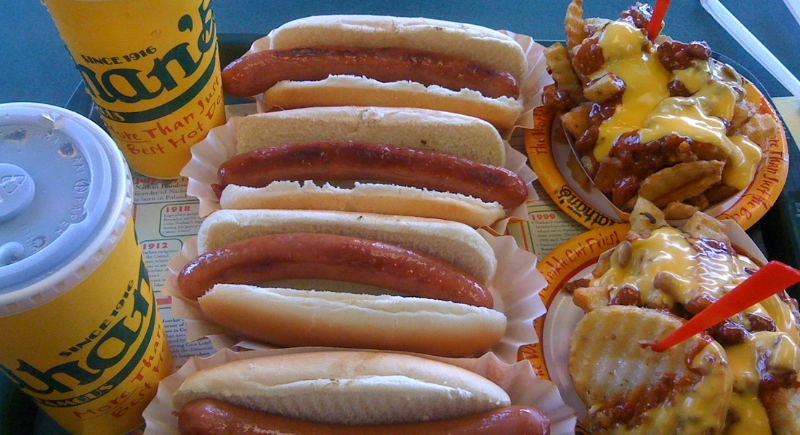
Credit: Wikimedia Commons
Promoters in the 1970s needed attention, so they created a story about immigrants eating hot dogs to prove loyalty. That tale appears in broadcasts and interviews as if it were true. George Shea later admitted the story never happened at all. Numerous fans still repeat it as fact, unaware that a publicity team invented the entire scene.
A Strange Method Completely Transformed Competitive Eating
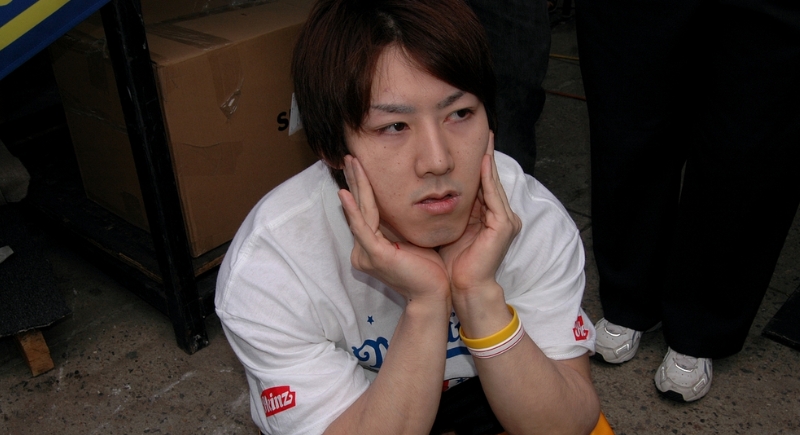
Credit: Wikimedia Commons
Takeru Kobayashi stepped onto the stage in 2001 and instantly changed expectations. His method of breaking hot dogs in half and forcing both halves in quickly startled onlookers. It looked uncomfortable and mechanical, but it worked. Records doubled, and previous champions seemed unprepared.
Contestants Force Their Stomachs to Expand Beyond Limits
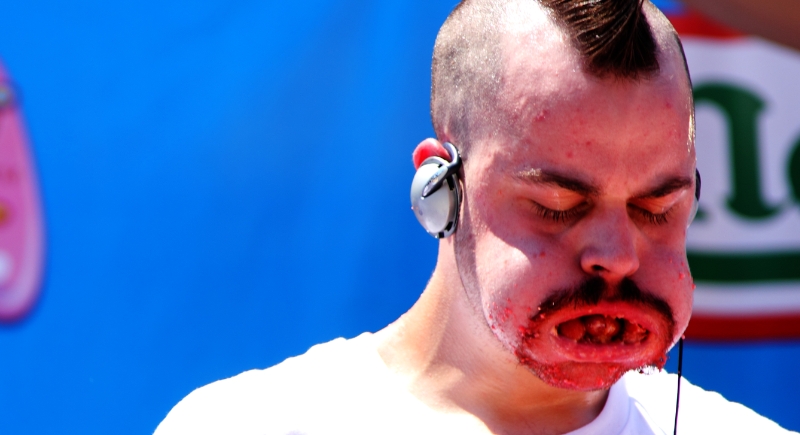
Credit: Wikimedia Commons
According to Kobayashi, his training included drinking three gallons of water in only ninety seconds. He practiced this to stretch his stomach far beyond its normal size. The idea of forcing that much liquid through the body shocked various doctors who later learned about it. This method risks water toxicity and sudden internal strain.
Frequent Vomiting Defines Life for Many Champions

Credit: Africa Images
Former champion Tim Janus explained that years of training and contests led him to vomit nearly ten thousand times. That detail disgusted readers when he shared it online. Acid repeatedly burned his throat and damaged his teeth. Pressure from constant retching caused headaches and burst small blood vessels.
Blocking The Gag Reflex Becomes a Necessary Skill

Credit: Canva
It is normal for competitive eaters to teach themselves how to ignore gagging, which most individuals see as an instinct that protects against choking. They practice until their bodies stop reacting to food shoved quickly into the throat. Viewers mostly don’t realize how dangerous this training can be. Choking remains a serious possibility because hot dogs often go down unchewed.
Stopping Digestion Creates Serious Internal Strain

Credit: Canva
Peristalsis moves food through the digestive system, but some competitors work to stop it. They train their stomachs to hold food in place so they can keep swallowing without feeling full too early. That disruption damages normal function, and medical reports connect this practice to long-term digestive problems.
Long-Term Gastroparesis Appears in Former Eaters

Credit: Getty Images
Years of competition have left some participants with gastroparesis, which prevents food from moving properly. Doctors have studied this effect and warn that it changes daily life. Joey Chestnut has spoken about tests to track his own risks.
Massive Calorie Loads Go Far Beyond Normal Limits

Credit: Facebook
One contest left Chestnut swallowing seventy-four hot dogs and buns in ten minutes. That equals over twenty-two thousand calories, far more than a healthy weekly intake. Audiences cheer at the final numbers without considering what that means for a body. The overload taxes every organ and floods the system with processed meat, fat, and preservatives.
Excess Sodium Creates Immediate and Hidden Dangers
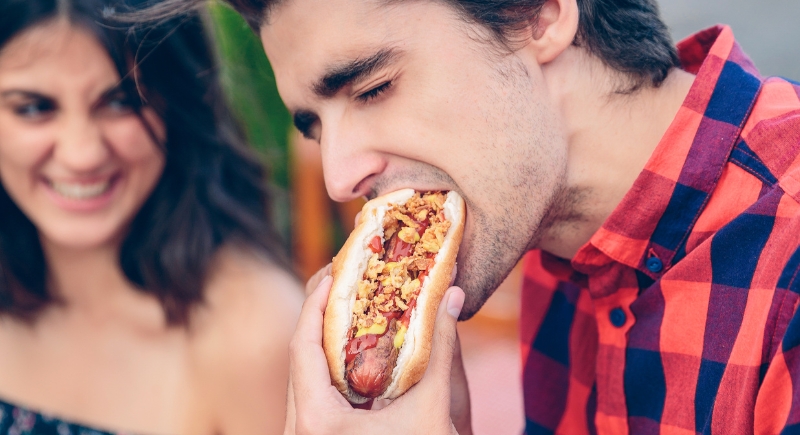
Credit: Canva
A single hot dog contains a large amount of sodium, and contestants swallow dozens. This causes the body to hold water and raise blood volume, which in turn causes intense strain on the heart and blood vessels. Medical researchers have voiced concern about this practice, but the warnings rarely reach viewers.
Choking And Aspiration Accidents Are Documented Risks

Credit: Canva
While the contest promotes an image of strength, the methods required to succeed breach basic safety procedures in favor of reaching larger numbers. There have been various reported cases where competitors vomited food into their lungs, which led to pneumonia.
The Event Once Drew Small Crowds and Few Headlines
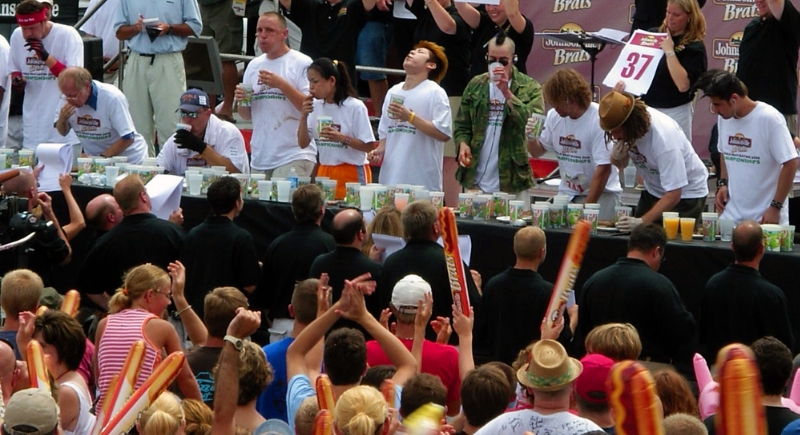
Credit: Wikimedia Commons
Before Kobayashi arrived, Nathan’s contest attracted small groups on the boardwalk. Attendees treated it as a lighthearted stunt rather than a serious pursuit. That all changed when sponsors saw potential and television networks joined in. The contest evolved into a professional event, and participants adopted extreme training methods to keep up with rising expectations.
Sponsors And Contracts Now Control Participation
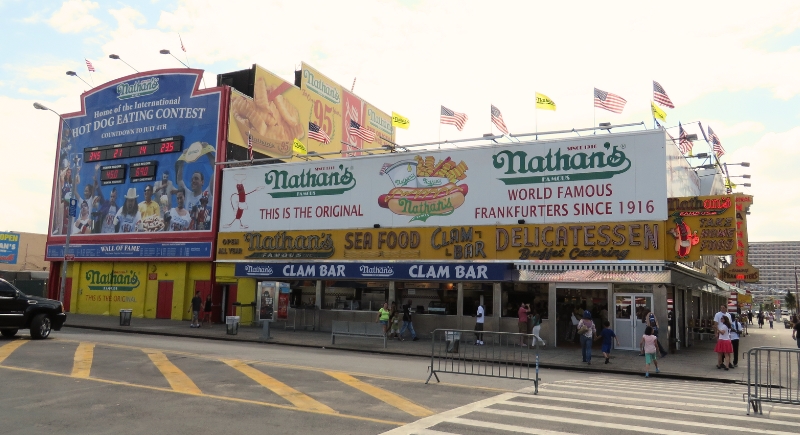
Credit: Wikimedia Commons
Major brands attach their names to the contest, which means organizers write strict agreements. If you are thinking of joining, you will likely have to sign contracts that limit where you can appear. Those who refuse may find themselves banned from future events. Sponsors value control and consistency, which forces athletes into exclusive deals.
Medical Monitoring Becomes a Normal Part of Training

Credit: pixelshot
Joey Chestnut described regular visits to his doctor during months of preparation. He monitors blood results and weight changes carefully because the strain on his body is severe. Meanwhile, fellow competitor Geoffrey Esper has admitted that poor planning left him weak in a previous year.
Stage Announcements Hide the Physical Toll

Credit: X
All the lively introductions made by George Shea are a way to excite and engage the crowds. However, they mask the reality of what actually goes on behind closed doors. After the event, competitors deal with hours of bloating, cramping, and nausea. These aftereffects don’t appear on camera, but they remain a part of every serious participant’s experience.
Prize Money Creates Relentless Pressure to Compete

CreditL Minerva Studio
The current first‑place prize at Nathan’s is $10,000, and that cash pulls competitors into grueling preparation cycles year after year. Many people view the contest as a rare chance to earn income in a niche sport. They balance day jobs with intense eating drills, sometimes training late at night to avoid disrupting work.